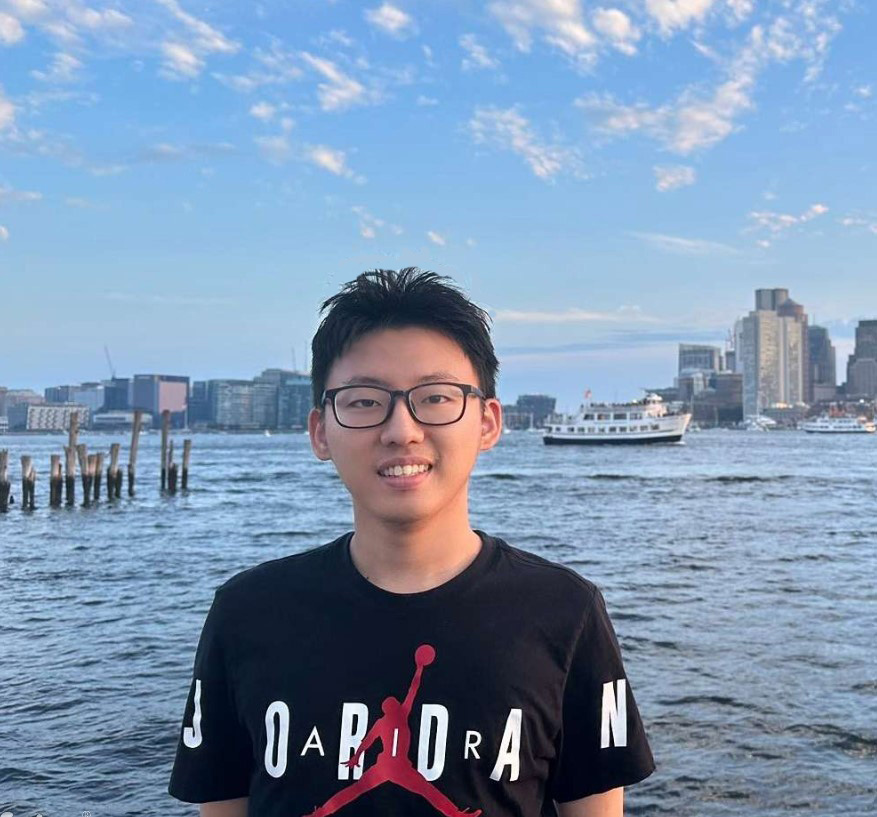Optimal Control for Pendulum

In this project I successfully computed the pendulum's cost-to-go function using a novel contour line approach, achieving an HJB error below 1e-4 both with and without control constraints. We discovered a non-smooth spiral line in the value function, leading to a detailed geometric analysis and a rigorous proof of its existence. Additionally, a 'quasi-discontinuous' line with a unilateral inverse proportional growth rate was identified in the spiral line in control input constrained case. When compared to other optimal cost-to-go functions, our method demonstrated superior outcomes and further guided network performance.
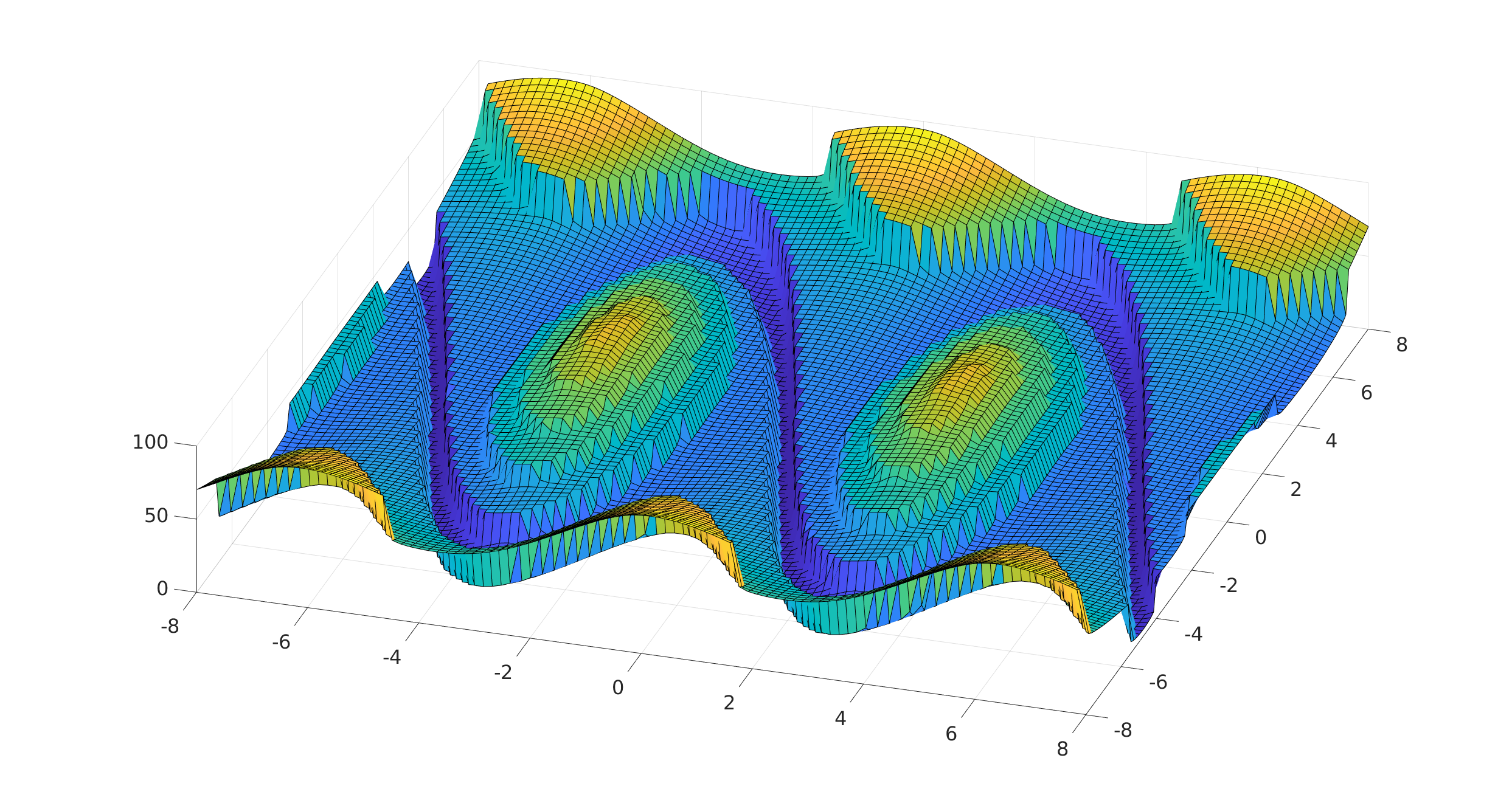
The method we use is backward PMP, equivalent to the Method of Characteristics. The original PMP trajectory is
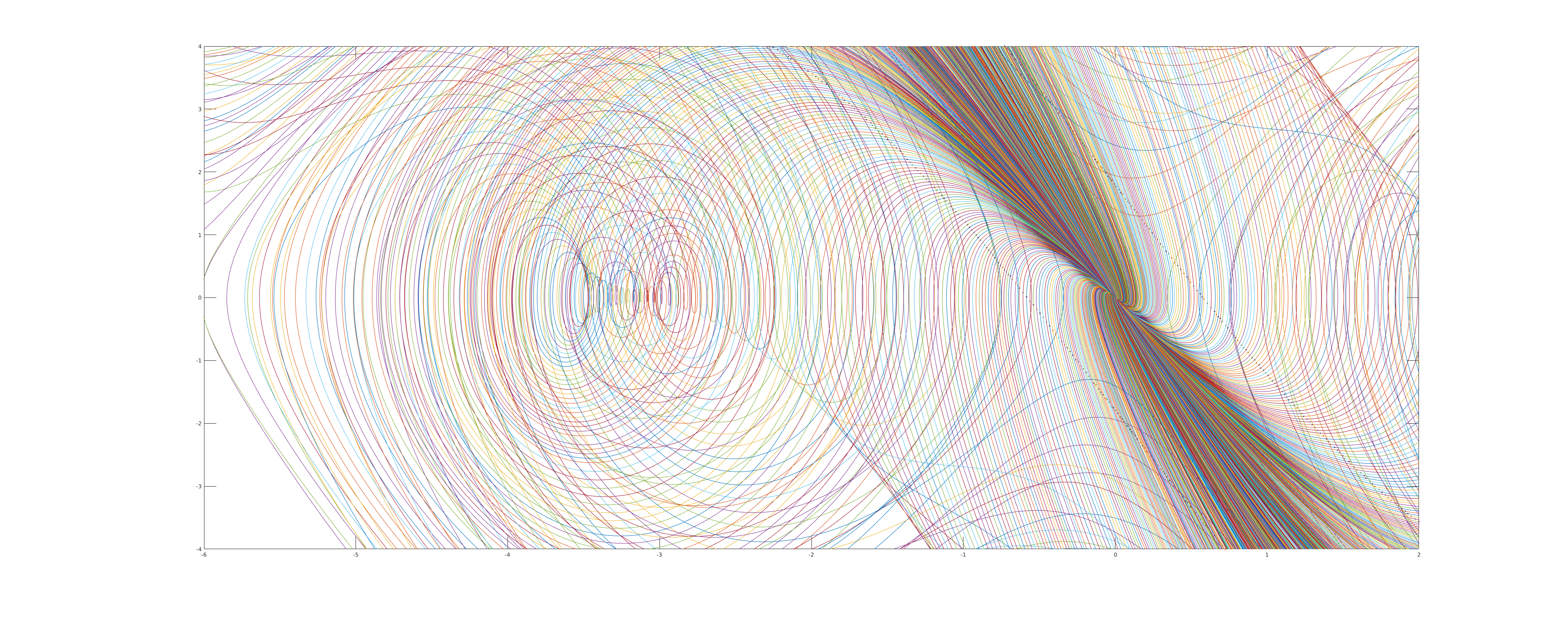
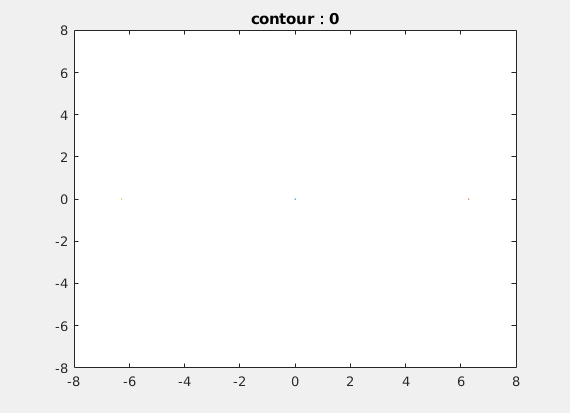
The finally intersection line looks like this: and it also the non-smooth line.


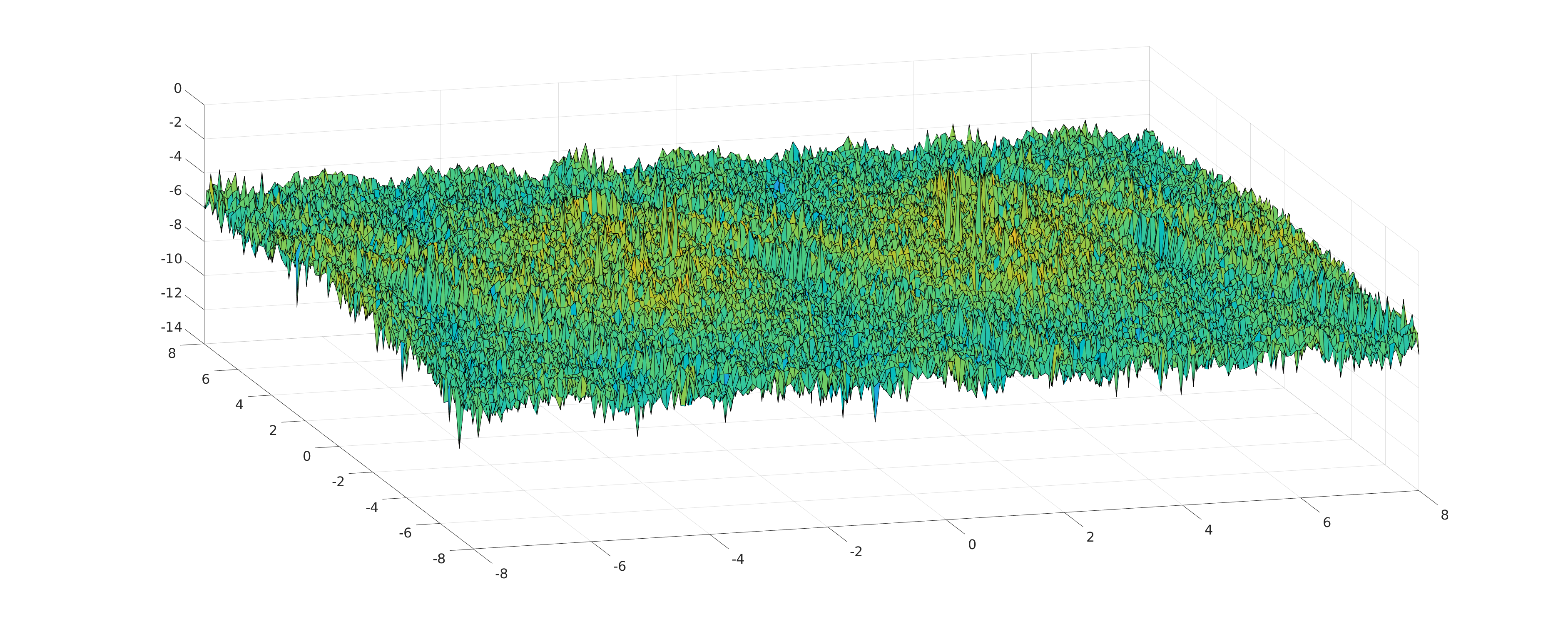
High-gain Observer Design

Observer notes(Download)
Cloth Shadow Art
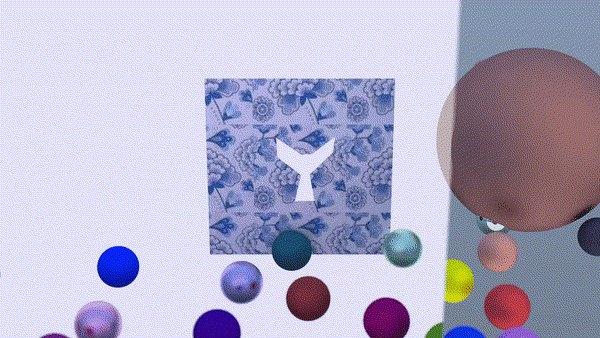
First I implement Implicit,Explicit euler method、PD(Projective Dynamics)、PBD(Position Based Dynamics) and FEM method. For differential simulation I first tried PD method with friction and contact, and analysed its property.
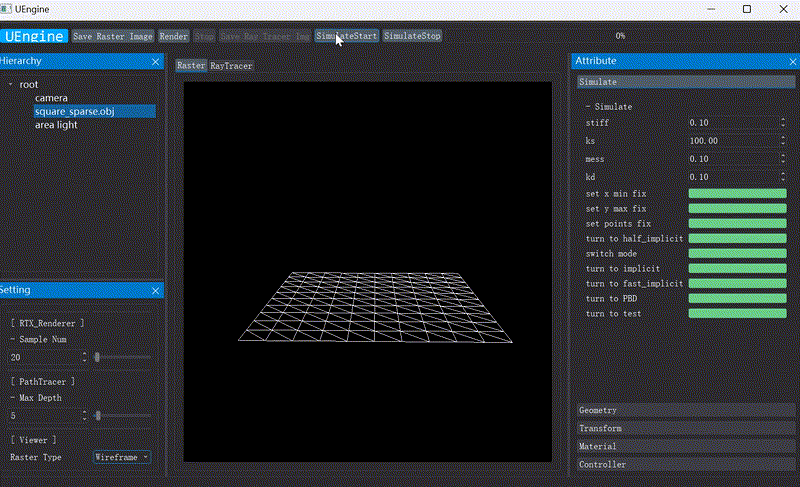


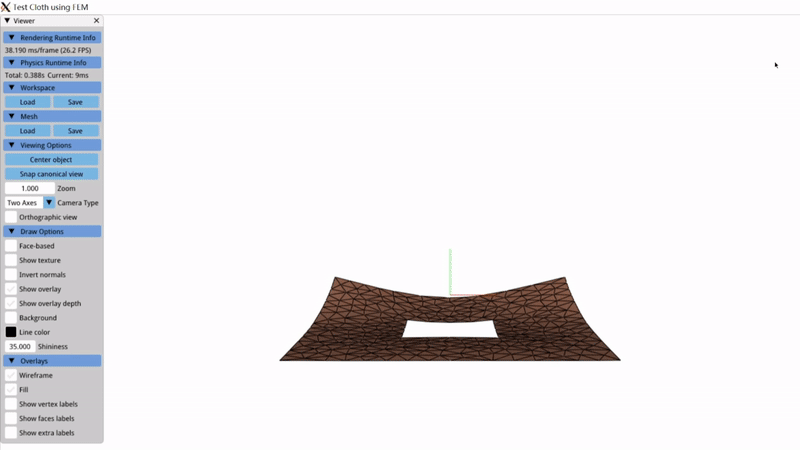



Interests
- Robotics
- Physical simulation
- Applied math
Education



See my github repository.
My research experience began in Computer Graphics (CG). I joined Graphics & Geometric Computing Laboratory (GCL) in USTC and first took online courses in CG. I honed my coding skills and became familiar with the classic topics in computer graphics. Subsequently, I conducted a survey on cloth simulation and implemented some classical methods. During this time I explored some ideas such as implementing unbalanced spring stiffness constants and applying wavelet analysis to cloth simulation. Following this, I delved into Differential Simulation and commenced a project on cloth shadow art.
When researching differential simulation, I gradually developed an interest in the topic of simulation in robotics and wanted to learn more about the field. This led me to start a summer internship at Harvard University, advised by Professor Heng Yang. During the internship, I first worked on observer to become familiar with some classical setting and techniques in robotics. I studied a book about observer and tried to apply it on various systems. This method is successful when applied to pendulum, cart-pole and arcbot, but not directly on quadrator. To deal with it, I introduced a new variable to transform it into high-gain form. Additionally I proofed a tighter bound of it.
Then I delved into optimal control problems with a continuous-time, infinite-horizon setting, starting from a pendulum example. It seems quite simple, right? But even for the pendulum, we found that it has some interesting properties. The value function at the lowest point must be non-smooth, because if the gradient exists, there would be a unique optimal control policy; however, in reality, the pendulum can swing either left or right. Furthermore, we drew and proved that there is a non-smooth spiral line in the value function. We then applied this to the control-constrained case and it proved to be much more interesting; some parts of the line appeared to be discontinuous! I conducted some analysis and provided a physical interpretation. Ultimately, we compared our methods with others and used the insights to guide neural network training. This experience gave me profound insights into how to explore a difficult problem, from reviewing related work to implementing and analyzing the topic, and finally finding a direction for further investigation.
My future plan is to develop theories that will guide computers and robotics in understanding and interacting with the real world through computational methods.
